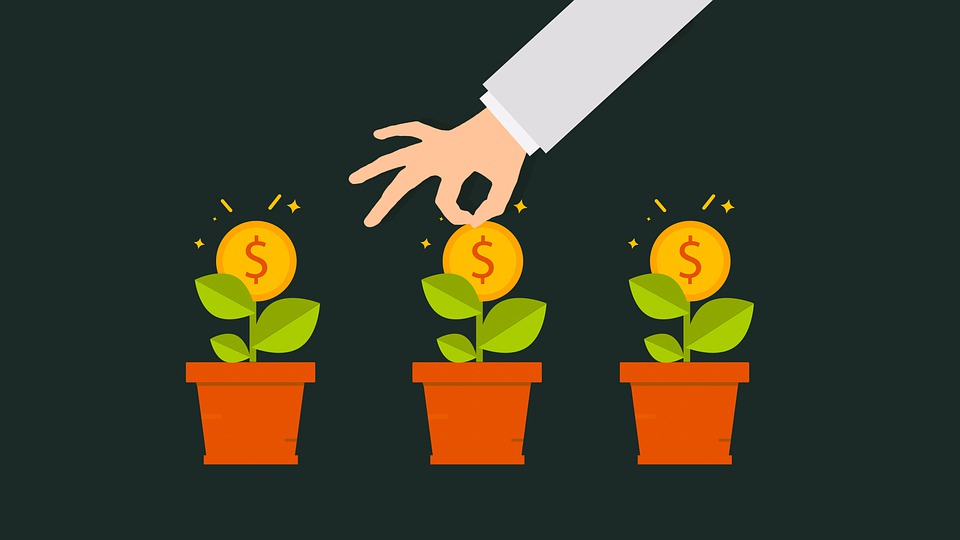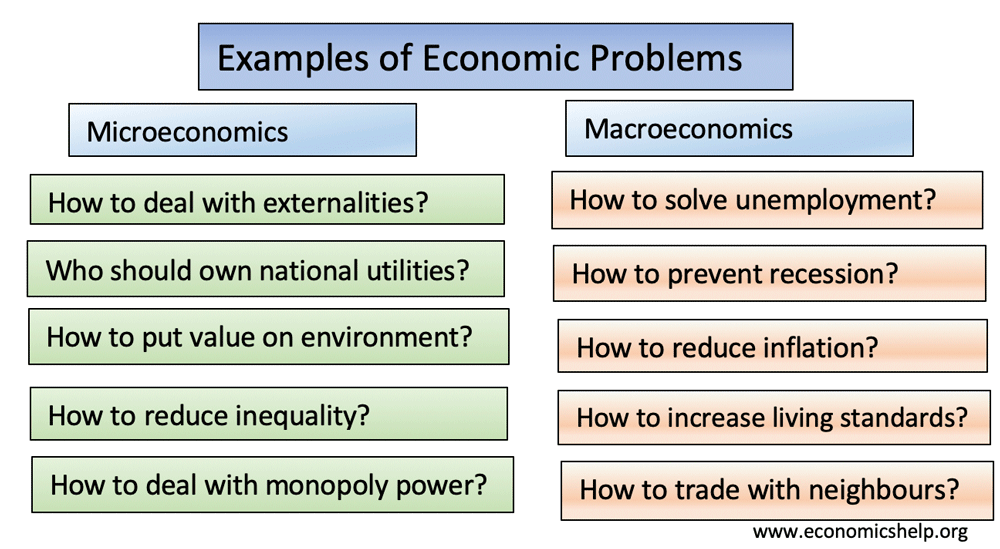Indian Economy - an Introduction
Table of Contents
Indian Economy - an Introduction

Steps to follow for studying Economics for Upsc and other state Exams(groups)
-
Economic survey / BUDGET
-
Current Economic News
-
Economic schemes
-
Subject Thorough(multiple revisions)
-
Tests
-
Reference Books(Arihant economics)
First General Elections happened in 1952 in India(state and Center).
What is Economics?
Common Market = (Supply+Demand)
Economics is nothing but Management of Resources(anything that satisfies the need of Mankind).
Some examples of Resources
-
Food(energy)
-
Water(thirst)
-
Air(respiration)
-
Shelter(extreme climate)
-
Clothes(Moral and weather)
-
Minerals(Fuel)
-
Money(Artificial Resource all other are Natural Resources)
Management of Resources(both Natural and Artificial) by the Government in such a way that everyone( people in a state) should get food, shelter, water , transport , clothes etc is called Economics.
Study of resources is Economics, but combining it with an area(country or state) is called Economy.
Example: Indian Economy, Germany Economy, Economy of Greenland etc
Ragnar Frish coined the terms called Microeconomics and Macroeconomics.
Generally Economics is divided in two types
-
Micro Economics(small scale, individual firms and Markets, consumer Behavior etc)
-
Macro Economics(large scale, national income, unemployment, Inflation, GDP etc)
